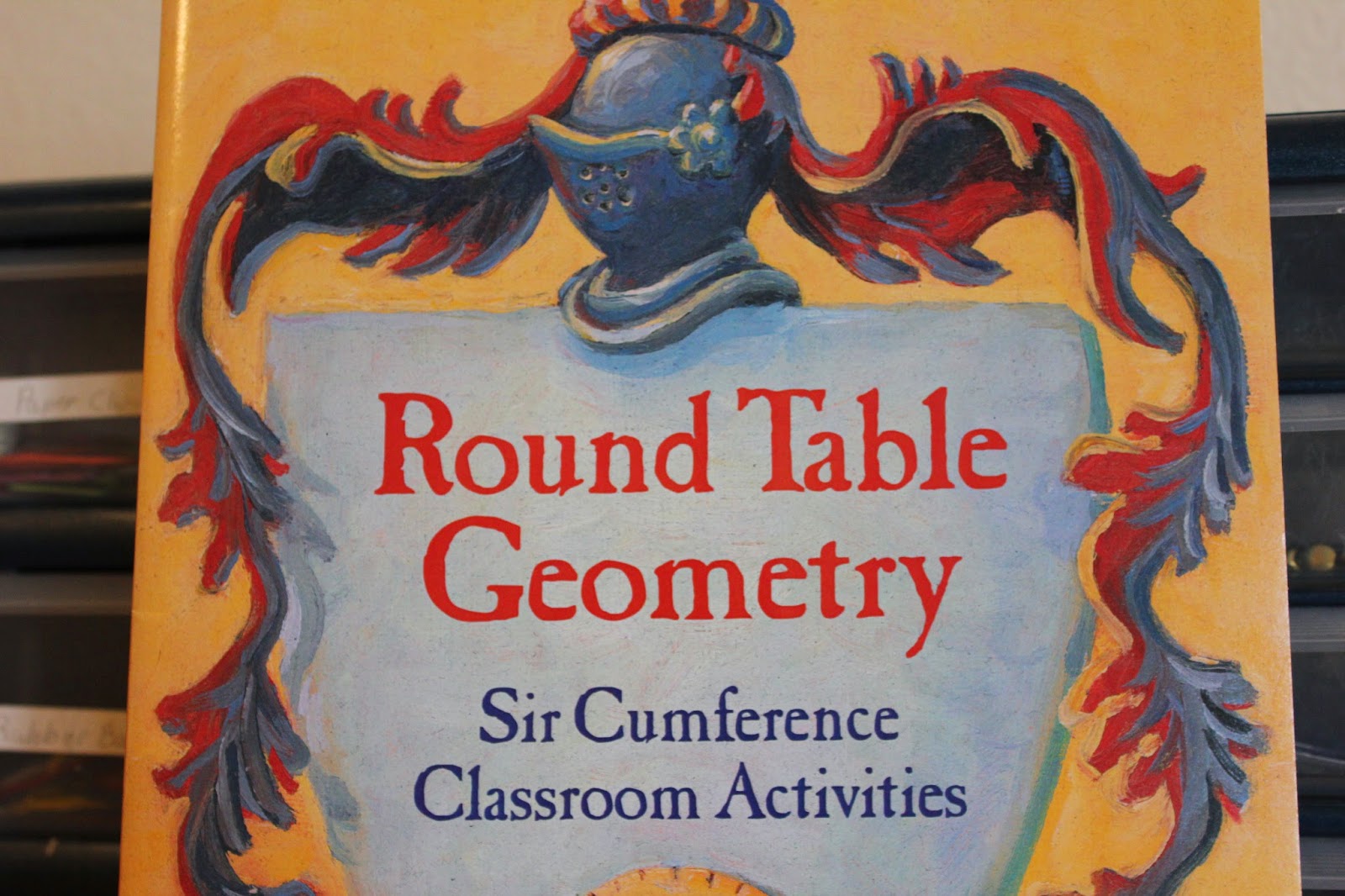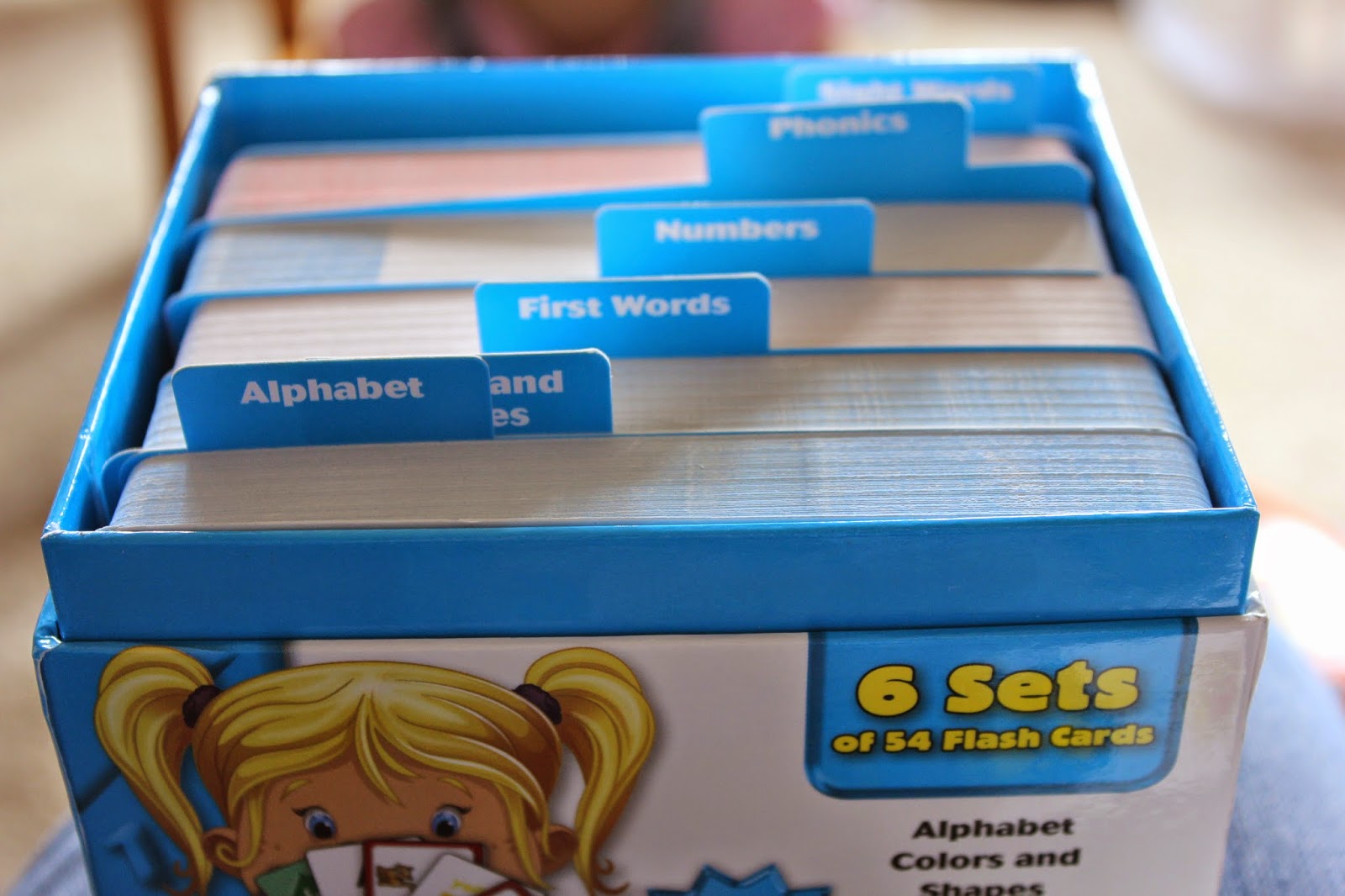Living in Texas means more time with grandparents...which means more road trips. As often as we can, we make the trek to Dallas to visit. And on the way we always stop at Baylor University. And the main attraction is always a stop at the bear's home. The bears are the mascot and are treated like royalty. Their names are Joy and Lady. This provides a wonderfully long time for the children to observe bears up close and personal. They make comments about the size of their paws, compare them to the much bigger grizzly bears they had learned about when we visited the Grand Teton National Park, and make plans to research to see what black bears eat.
I love her expression as she watched me with my camera!
Sic 'em, Bears! By the way, these bears are trained to do the Sic 'em Bears bear claws. If weather conditions, game conditions and the mood of the bears are all good, these big girls also make an appearance at Baylor football games. I can assure you, it is quite impressive (though I'm just a tad bias...but seriously, the other team shows up with a mascot in costume, and we show up with live black bears! I'm just sayin...). :)
Our visits to Baylor's campus are always a highlight for everyone.
Then on to Dallas to visit grandparents. And here is where organic learning really shows its colors. Because learning is not relegated only to textbooks but is instead part of everyday life, we continue learning while we are on road trips. Learning is not just something that happens from 8am until 3pm, Monday thru Friday. It is a lifestyle, and that lifestyle continues no matter what we are doing or where we are going. So, when they get to their grandparents' house, they play and explore.
Today the boys came up with this unique activity. They played a game of sorts, where they challenged each other to create something. They had access to Grandpa Jerry's tools and raw materials. And their rule for this activity was that they had to make their creation in secret without letting each other see it until it was finished. See, I had nothing to do with this activity. In fact, I was taking a nap while they went outside with their grandpa. When I woke up, I asked what they were doing, and this is the activity they were involved in...of their own choosing.
See some math going on here? A ruler was used to measure wood for one of the projects. They weren't measuring something because it was a school assignment but rather because it was necessary for what they wanted to accomplish. And this is what I love about organic learning. It's a lifestyle. They learn because they want and need to know something specific.
And Grandpa Jerry gives some pointers. This multigenerational learning is something they all love. It's living life together and passing on experiences and lessons from one generation to the next...and having the best time doing it too. This is priceless.
Here's the frame he created, and look at the rounded edges. Very impressive. Tomorrow he and his grandpa are planning to make something to go inside the frame. It's a secret.
And here is D making his creation. It is a sled. Here he's explaining to me his idea.
It takes lots of work to get the nails in the boards straight. Lots of tries and retries...as well as a sense of accomplishment when it is finished.
And this is when D unveiled his surprise creation to T, and they talked about how cool it is.





































































